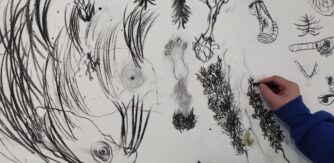Blog 3 – Dr Jo Lewis, Artist & Arts Council YPCE bursary recipient
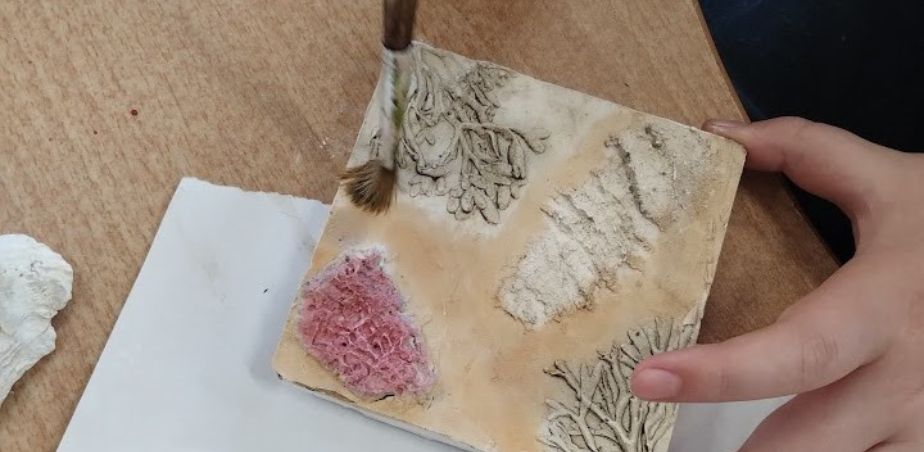
Rathlee N.S Plaster cast of plant and seashore ecology. Image: Jo Lewis

Jo Lewis gained a BA in Fine Art in Coventry and an MA in Fine Art sculpture at Birmingham School of Art. She had a studio in London SPACE studios for a number of years where she worked and exhibited, alongside running a 100-seater vegetarian restaurant Heather’s with her partner.
In 2002 Jo moved from London to Co. Leitrim with her partner and young family to renovate an old stone cottage and to live the ‘good life’.
During this time, she gained PhD at SOAS (School of Oriental and African Studies) for her research into Women Artists in Botswana. The thesis is now held in the British Library.
Jo has worked on the BLAST initiative (Bringing Live Art to Schools and Teachers) and has taught in schools all over Sligo. Recently, for these mini-residencies in schools, Jo has chosen to focus on bringing the pupils outside to make art and gain inspiration. Using a local landscape as a background to delve into the ecology of the place through art.
In 2023 Jo was awarded a bursary from the Arts Council Ireland to conduct some research into the interface between art and ecology in school education as a way of engaging children in their environment.
Art practice as a means of understanding your landscape and sense of belonging
Through identifying and recognising elements that make up the landscape that surrounds us, we can begin to form a deeper understanding of the ground we are standing on, as well as the landscape we see in the distance. This recognition and ability to ‘read’ some of the environment that you are traveling, walking, driving through can deepen our connection and sense of belonging.
How to do this ourselves and with children and young people in an engaging way can be a challenge. An alternative to painting the landscape that we see in the distance is to go into the environment and examine some of the details that make up that view. Going outside to a woodland, a local park, the beach, a bog and to examine the various elements that form part of that landscape, using a range of art practices is a fun and different way to connect with ecology; it is an interface that offers many possibilities for creativity and learning.
Collecting, identifying, pressing, labelling, drawing, printing, casting are all creative practices that can bring us in close to nature. There are a few processes that I have used successfully with pupils as creative workshop ideas:
- Show how plants were collected and labelled for herbariums – ask them to pick the plant they find most interesting – press it and label it for use back in the classroom / studio (see image one below) (click here for Botanical Society for Britain and Ireland – Code of Conduct for picking, collecting, photographing and enjoying wild plants)
- Draw the plant in situ, include some of the surrounds and make notes on the location, date and weather.
- Back in the studio/ classroom identify the plant using guides or apps taking note of the Latin and common name – think how you might be able to remember it.
- Draw the plant in detail – collaborate with others to make a landscape of the plants (see image two below)
- Use the pressed plant to print using inks or make a 3D print using clay – make sure to remember the name – label the work with your name and the plants’ names (see image three below)
To stand in one spot and to recognise and maybe name some of the plants and habitats that we see around us will (subconsciously or not) give us a confidence as to where we are in the world.

Image 1: Bog plants pressed and ID’d
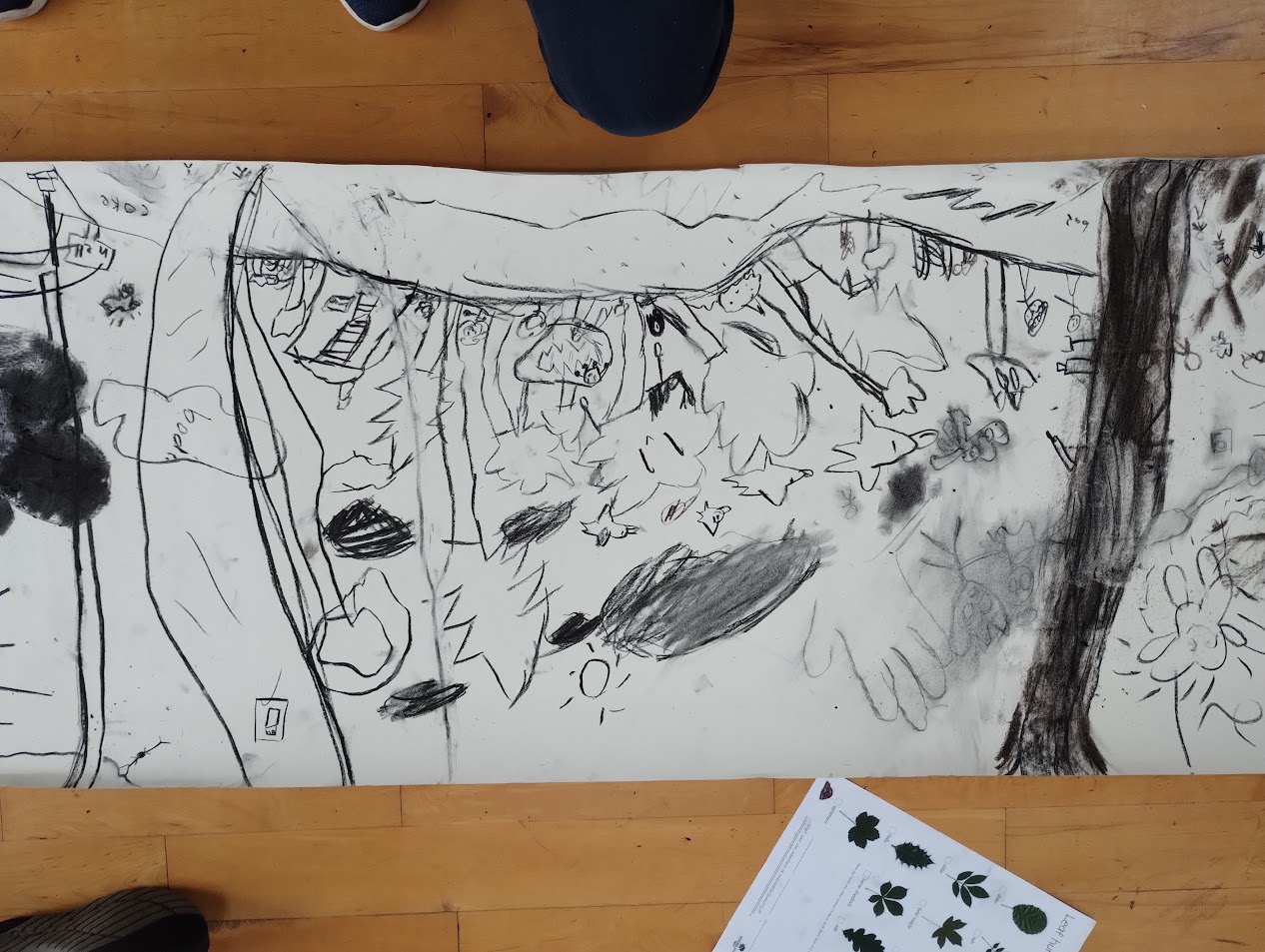
Image 2: Calry National School using Plant ID references for their drawings

Image 3: Printing and casting by Rathlee National School seashore workshop
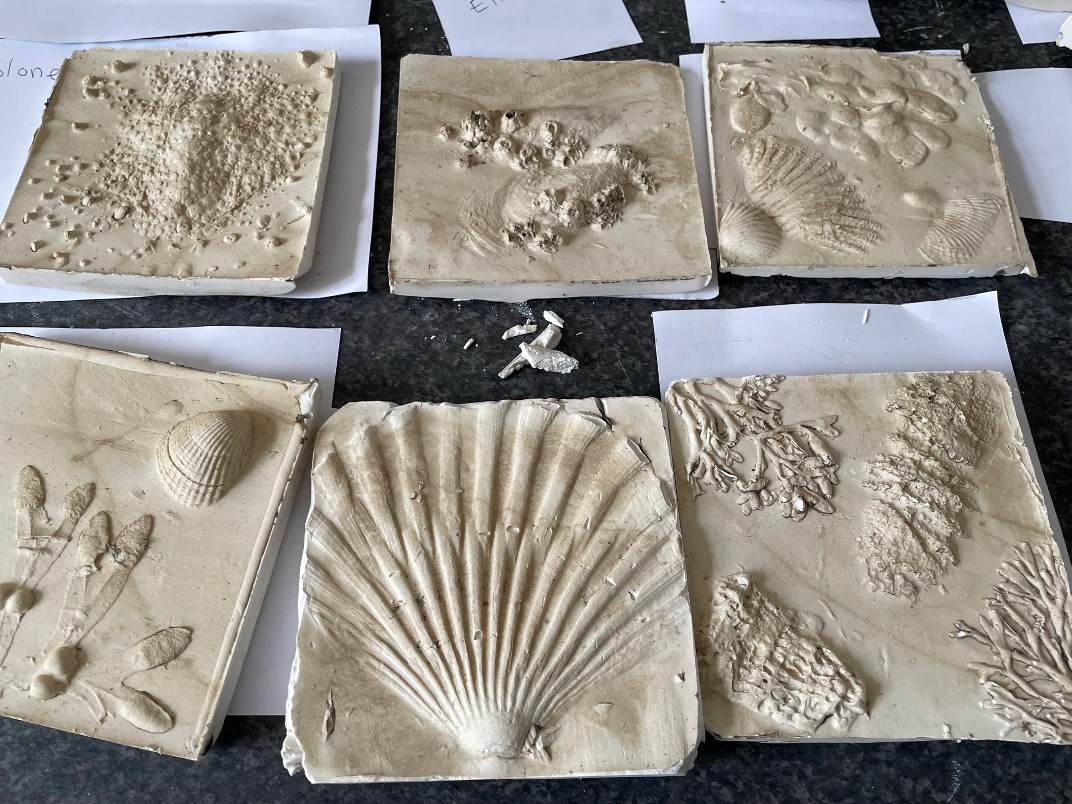
Image 4: Rathlee National School plaster-casts

Image 5: Final piece with a legend identifying the seashore ecology and the artist
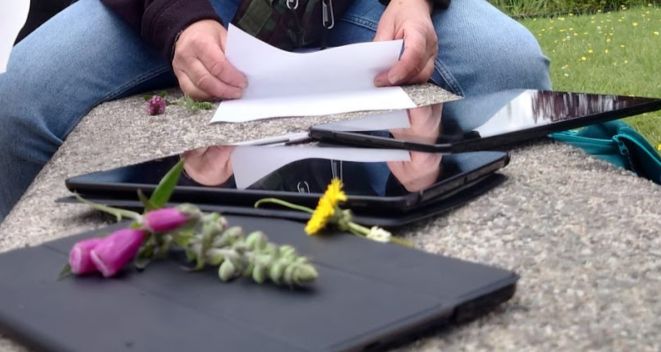
Image 6: Students identifying plants in Carrick-on-Shannon
All photographs courtesy of Jo Lewis – students from Rathlee National School and Calry National School, Co Sligo using plant references to identify, draw and make plaster castings from plant and seashore ecology.

